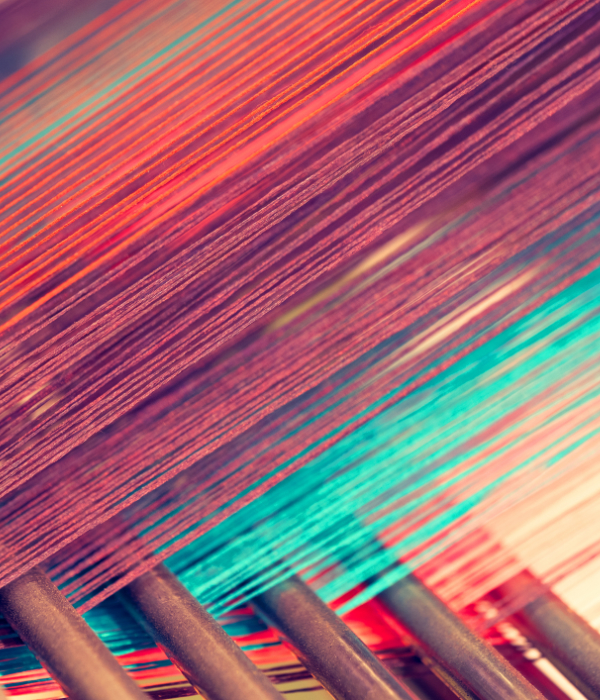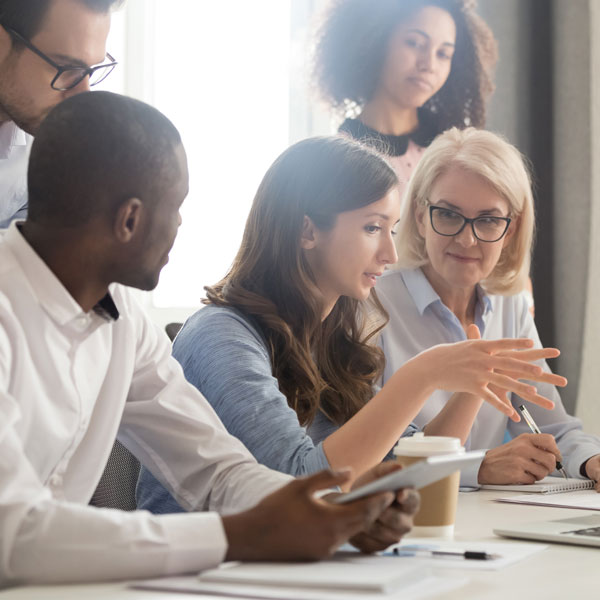
Our projects
CareFit: Carer research for physical activity
The CareFit project is a multi-stakeholder study to improve levels of physical activity for caregivers.
Strathclyde’s Living Lab conducted valuable research with seven participants, who took part in three co-design sessions, which were followed by a development sprint. Requirements for CareFit were developed to combine behavioural science via integration of the transtheoretical model of behavioural change and the UK government’s physical activity guidelines.
The University co-developed the mobile app ‘CareFit’ and involved caregivers, health care professionals, and social care professionals to best understand their specific needs. UK national survey data reports suggest that 81% of carers would like to do more physical activity, so the app was designed to encourage regular physical activity at home during and beyond the COVID-19 pandemic.
Find out more about CareFit

SIPA2: Better medicine management for older people with sensory impairment.
The SIPA2 study aims to identify and improve the ways older people with sensory impairment manage their medicines.
The project team adopted a co-design approach to understand the challenges people experience when managing multiple medications as an older adult with visual, hearing, or dual sensory impairment.
Older adults were invited to share their stories with us via pictures, video diaries, text notes and diary entries, showing and telling us what they do with their medications daily and describing everything from collecting their medicines, managing them at home, to disposing of them.
They then ran co-design sessions where older adults and other stakeholders such as GPs, pharmacists, policy makers, charities were asked to collaboratively prioritise requirements (or calls to action for change) for both future services and future technologies for better medicine management for older adults with sensory impairments.
The final part of this project is the development of an online, evidence-based, systematic, multi-disciplinary educational resource for health care professionals, carers, friends and family of older people with sensory loss that will improve existing knowledge and skills, recognise sector and discipline specific standards and frameworks, and develop knowledge and skills in this specialist area.
Public perceptions of 3D displays for care consultations
This study explores the use of 3D holographic displays for facilitating consultations with health professionals and our partners in NHS Lothian, NHS Dumfries and Galloway and the Centre for 5G.
The research consisted of surveying 50 people who had personal or family member experience of receiving a kidney cancer diagnosis. The project assessed their attitudes and feelings towards technology’s increasing role in future consultations post-pandemic and followed this with in-depth interviews to analyse the public’s perception and expectations for care consultations. An Example would be imagining you or a family are receiving bad news, where the medical information is complex, and then assessing when humans or 3D display technology would have a beneficial role to play.


Developing a device to improve the treatment of UTI’s
The University of Strathclyde and spin-out company Ohmedics has produced a rapid urine analysis device that can detect Urinary tract infections (UTI) and identify the correct antibiotics to treat them effectively.
Antimicrobial resistance (AMR) - where bacteria show resistance towards, even the strongest of antibiotics, is of global concern. Without effective antibiotics to fight off infections, many routine surgeries and procedures can become life-threatening. UTI’s are one of the most common infections worldwide and the misuse of antibiotics in treating them is a significant contributor to AMR.
Research was conducted with clinicians; pharmacists and the public to understand their experiences and test the device. This helped to inform how it could be developed and used in everyday life in real-world scenarios.
Ohmedics will fully develop the device over 2-3 years, with plans to deploy it in GP surgeries and pharmacies. The project also seeks to pilot the devices in low to middle-income countries, further improving the treatment of UTI’s and fight against AMR.
Using design to support people living with dementia
The Disrupting Dementia tartan project funded by the Design Research Fellowship aimed to explore how design can contribute to a range of enhanced products, services, and systems for people living with dementia.
The project saw several co-design workshops held across Scotland, from Kilmarnock, to Shetland, to Stornoway and Aberdeen. Research included visiting 17 Alzheimer Scotland Dementia Resource Centres and conducting 20 co-design workshops with over 130 people living with dementia. During the creation of the ‘Disrupting Dementia Tartan’, the project worked collaboratively with participants, all diagnosed with dementia, to co-design and co-produce the new tartan.
The projects aim was to help people recently diagnosed with dementia, to build their self-esteem, identity and dignity and keep them connected to their community through design and demonstrate that they can continue to make a significant contribution to society after diagnosis.
Find out more about this project

Research into the question ‘does design care?’
The ‘Does Design Care’ workshops involved academics and practitioners from various disciplines at any level of experience who are involved or interested in care.
The first workshop took place in 2017 in Lancaster and involved 28 researchers and practitioners from 16 nations across 5 continents. Research consisted of participants discussing, acting, and reflecting upon their idea and understanding of ‘care’. A second workshop then took place in 2019 in Japan.
These activities resulted in a collaborative essay published in Design Issues, which was written in response to the vital question ‘Does Design Care?’
Through a series of conversations, and presentations that explored a range of provocations, insights and questions, this project provided answers for the contemporary context of ‘Care’ and offers a collective vision and new pragmatic encounters for the design of Care and the care of Design. The study hopes to influence and act as a resource for future research into the perception of care.
Find out more about this studyThe Magic of Nanotechnology
One of the main founders of chemotherapy, Paul Ehrlich first introduced the concept of targeted therapy as a “magic bullet” for tumors around 100 years ago. Aiming to devise new therapies and overcome the side-effects of chemotherapy, our research is in the same vein. We are developing new drug delivery systems, using nanotechnology, to treat cancers more quickly with less adverse effects, to improve patients’ quality of life.
Entrant: Hakam Alaqabani, Strathclyde Institute of Pharmacy and Biomedical Sciences
Copyright: Hakam Alaqabani


Sowing the Seeds for Greener Cities
With so much competition for useful space in towns and cities, ensuring citizens have enough access to nature can be a tall order. However, the key to greener urban spaces lies within these little containers. Our research is developing a living paint, and the potential to grow vertical gardens where ground space is limited. The lichen-embedded paint has numerous benefits: capturing carbon dioxide, detoxifying air and improving biodiversity in our cities.
Entrant: Kimia Witte, Biomedical Engineering
Copyright: Kimia Witte
Funding: Vertical Forest CIC
Collaborators: Vertical Forest CIC
A new perspective on urban design
The density of components – buildings, people, vehicles, greenery etc (illustrated) – in towns and cities is fundamental to both functionality and visual impact. However, the importance of each of these elements is often perceived differently by urban planners and citizens. Incorporating the user’s perspective, our research aims to assist design experts to create more positive urban environments that meet citizens’ usability and wellbeing needs.
Entrant: Madhavi Patil, Architecture
Copyright: Madhavi Patil
